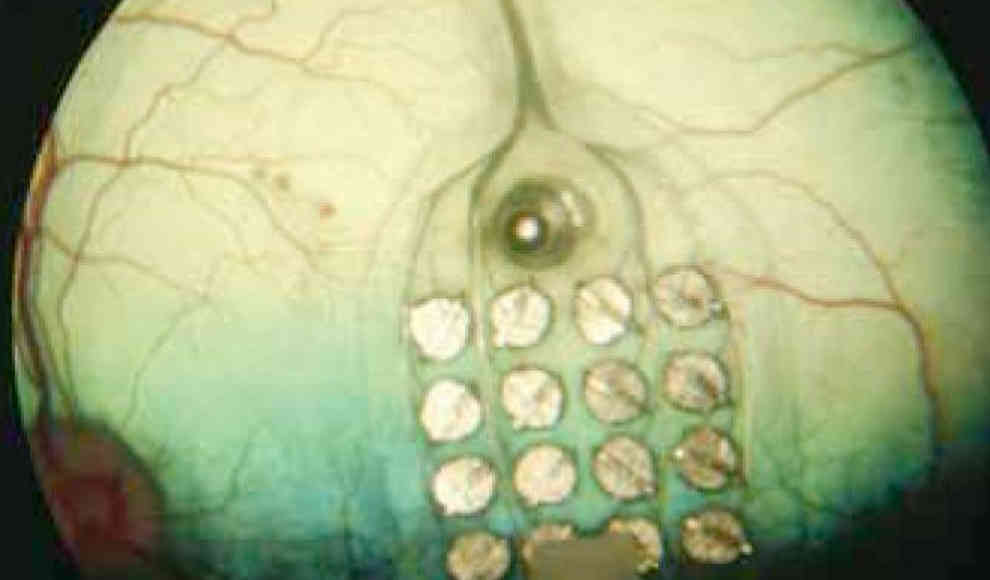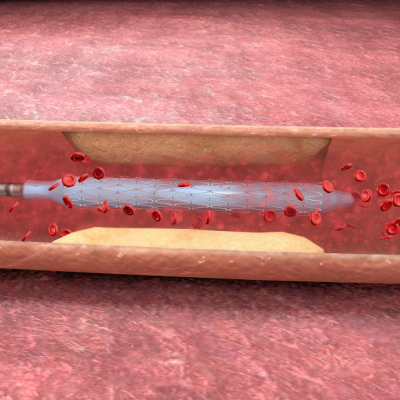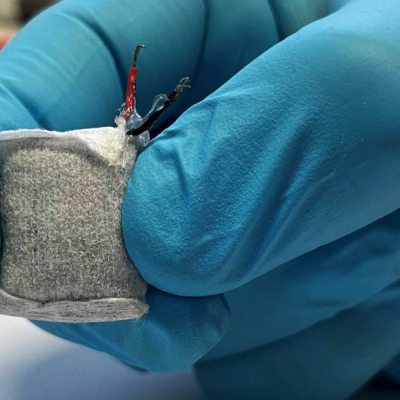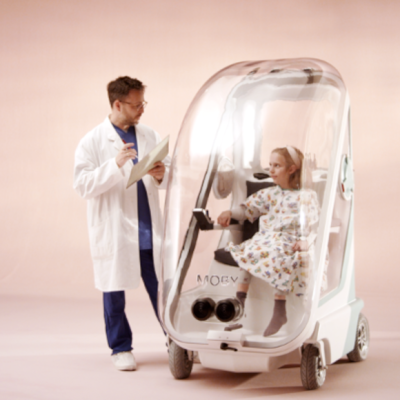A new breakthrough in medical technology has been made by Second Sight, a US-based company, which has developed a retinal implant that allows blind people to read Braille without using their fingertips. The implant converts the Braille letters into electrical signals that the blind person can see. Currently, there are approximately 39.8 million people worldwide who are considered blind due to severe visual impairments. The Braille system, developed in 1825, has been the primary means of communication for the blind, allowing them to read and interact with their environment. However, this new implant offers a revolutionary solution to the limitations of the Braille system.
The implant is directly attached to the retina and converts the Braille letters into electrical signals that create specific shapes and patterns in the blind person’s visual cortex. A French patient with Retinopathia pigmentosa has been using the implant for several months and can now read letters, words, and even sentences. The implant is based on the Argus II device, which is already approved for use in Europe. The Argus II is a retinal prosthesis that uses a camera mounted on a pair of glasses to wirelessly transmit real-time image information to the implant. The implant has 60 tiny electrodes that can send signals to the retina, which then sends the information to the brain’s visual cortex.
The current experiment used only six electrodes to send Braille information to the retina, which is the minimum required to recognize Braille letters. The French patient required several weeks of training to interpret the signals correctly. While the system is not yet capable of reading complex texts, the researchers are optimistic that it can be improved to allow blind people to access digital texts such as eBooks and the internet. A special software would be required to convert the digital texts into appropriate signals for the implant. This new technology offers hope for the millions of blind people worldwide, providing them with greater access to information and communication.










